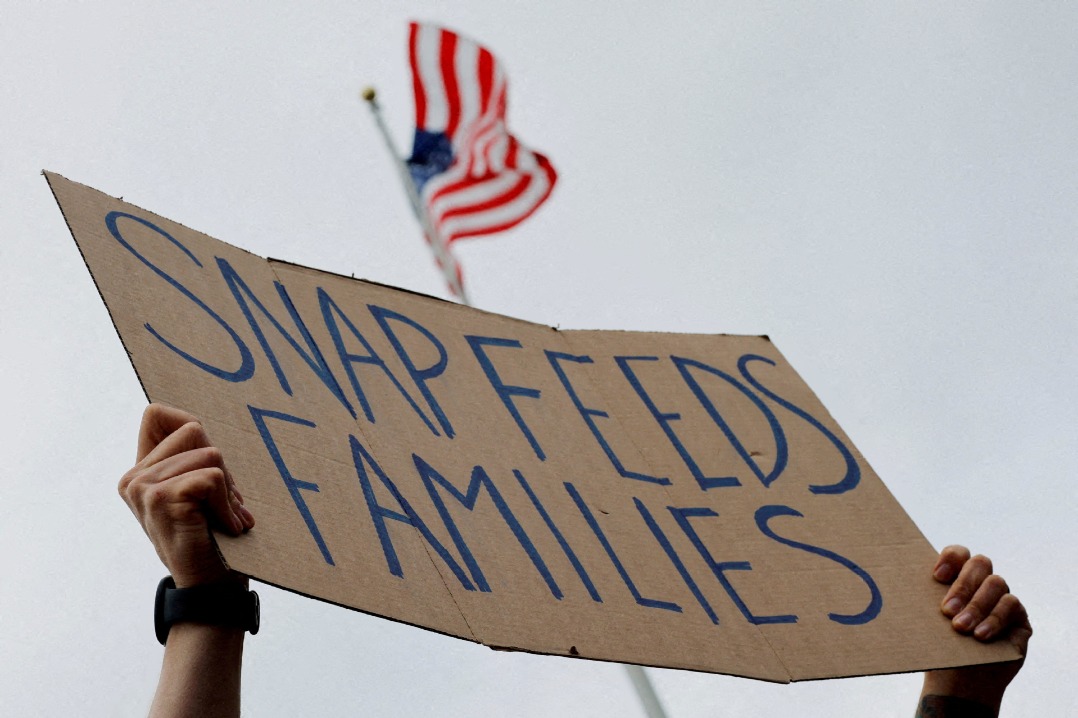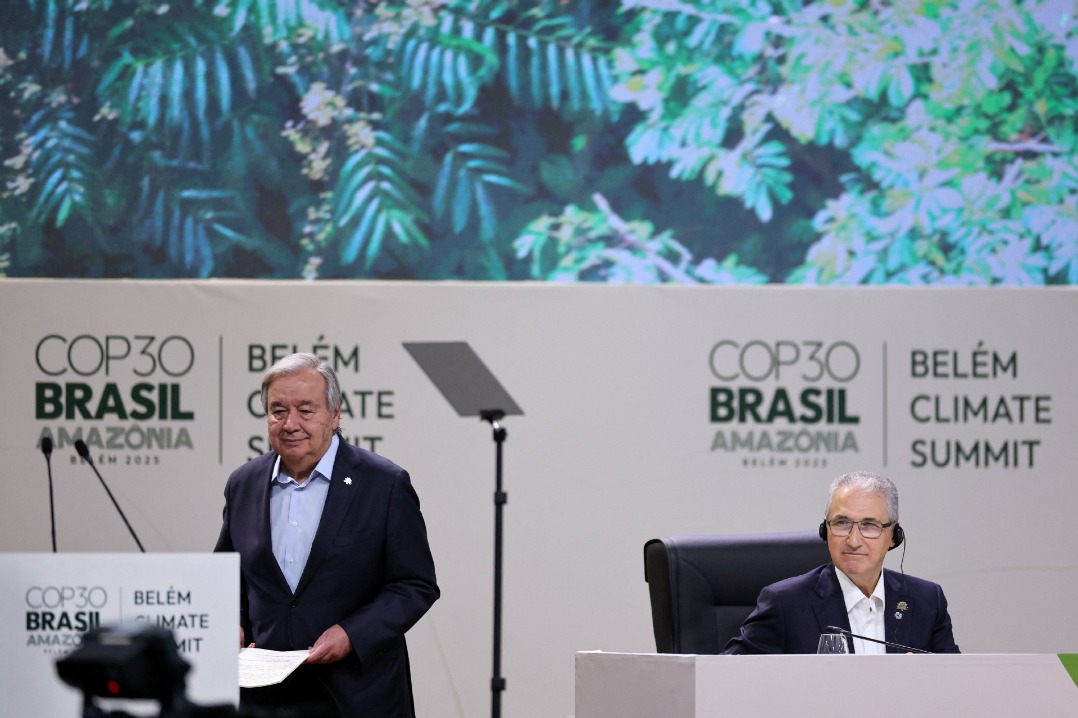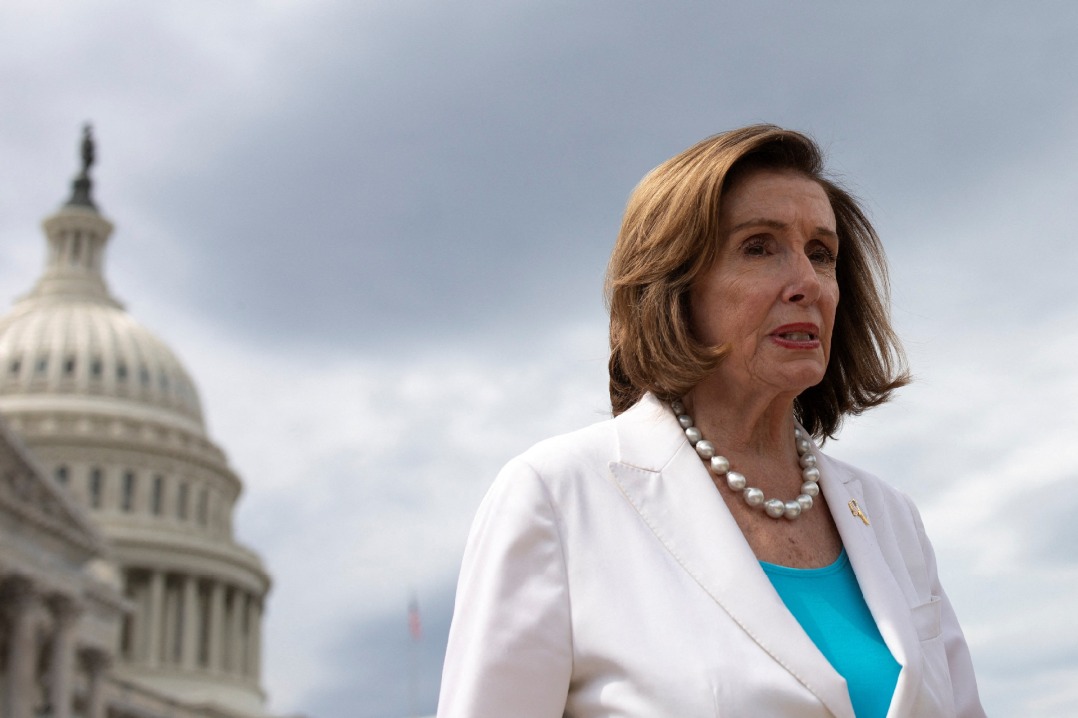Experts: China's nuclear stockpile not a threat

In its first public estimate of China's nuclear capacity, the Pentagon said Tuesday that within a decade Beijing will double the number of warheads in its stockpile, which is currently "in the low 200s".
But even with the increase, that number is "far smaller" than that of the United States and Russia, respectively 3,800 and 4,300, and should serve to discourage Washington from dragging Beijing into the trilateral arms control negotiations, several US experts have said.
"China's nuclear forces will significantly evolve over the next decade as it modernizes, diversifies, and increases the number of its land-, sea-, and air-based nuclear delivery platforms," the US Department of Defense (DoD) said in its annual report to Congress.
"Over the next decade, China will expand and diversify its nuclear forces, likely at least doubling its nuclear warhead stockpile," it said.
The estimate is smaller than that claimed by some US politicians who have said China has "many more than 300" nuclear warheads.
The projection has made headlines in the US and beyond as relations between the world's top two economies have plummeted to their lowest point in decades due to tensions building up on multiple fronts, including trade, technology and the South China Sea.
The annual report, "Military and Security Developments Involving the People's Republic of China", was first issued in 2000 when the Pentagon assessed that China's military "was slowly and unevenly adapting to the trends in modern warfare".
Now, the 200-page report claims, China's objective is to have a "world class" military by the end of 2049, though it noted that the Chinese military strategy remains based on the concept of "active defense".
"Even if DoD is correct and China doubles its arsenal by 2030 to 400-500 warheads, China's arsenal will remain far smaller and less capable than that of the US and Russia," Kingston Reif, director of disarmament and threat reduction policy at the Arms Control Association, said in a Twitter post.
"The foolishness of throwing away an extension of New START due to concerns about China can't be overstated," he wrote, referring to the New Strategic Arms Reduction Treaty, the last remaining nuclear arms control agreement in force between the US and Russia. It was signed in 2010 and is due to expire Feb 5.
Beijing has repeatedly said that it has no intention of participating in trilateral negotiations, though Washington has insisted.
Hans Kristensen, director of the Nuclear Information Project at the Federation of American Scientists, tweeted: "Perhaps the most surprising (thing) about the 'low-200s' warhead estimate is that it takes some of the wind out of the sail of the Trump administration's push to get China into nuclear arms control."
In addition to the US stockpile of 3,800 warheads, it has another 2,000 that are "retired" (still intact but awaiting dismantlement), according to an analysis Kristensen and his colleague Matt Korda posted on the federation's website Tuesday.
"Some Trump administration officials have recently suggested that China's modernization demonstrates that it is striving for 'a form of nuclear parity with the United States and Russia'. However, there is no evidence to support this claim," they said in their article.
But the new Pentagon report claimed China's military has already achieved parity with, or even surpassed, the US in several military modernization areas, including shipbuilding, land-based ballistic and cruise missiles and air defense systems.
The timing of the report's release is not necessarily political, but the Pentagon's assessment of Chinese military achievements will likely raise alarm bells in Washington and probably be picked up on the US presidential campaign trail, according to Jon Taylor, chair of the department of political science and geography at the University of Texas at San Antonio.
In the report, the Pentagon also said that pursuit of a constructive results-oriented relationship with China is an important part of US strategy in the Indo-Pacific region.
Although the US and China agreed at the January 2020 Defense Policy Consultative Talks on a series of military contact events to occur this year, the ongoing COVID-19 pandemic has necessitated delaying or canceling events, according to the report.
Taylor said military-to-military and security relations, marked by stability and open communication, is the key to avoiding any "unfortunate and avoidable problems".
"Good military relations between China and the US can actually be the bridge that both stabilizes and improves China-US relations through conflict avoidance, mutual respect and engaged cooperation," he said.
Douglas H. Paal, director of the American Institute in Taiwan between 2002 and 2006, said the sequence of Washington's new steps with Taiwan and the publication of the report seems "more than coincidental".
"Coming as it does in the current context may add fuel to existing bilateral flames," Paal, now a distinguished fellow in the Asia Program at the Carnegie Endowment for International Peace, told China Daily. "It's the context of the US election and not the report that is crucial."
































